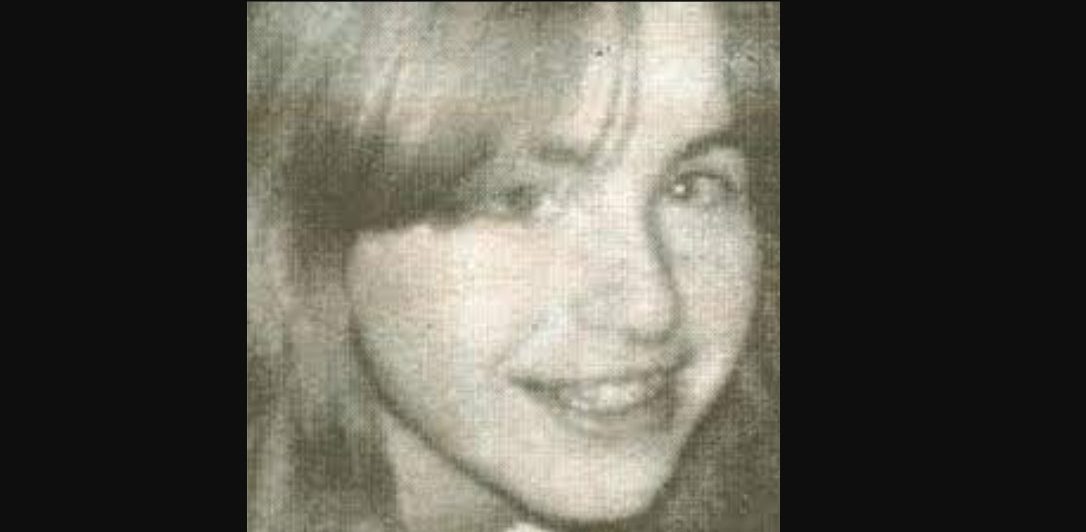Directed by David Weaver, Lifetime’s ‘Girl in the Attic‘ centers on Kelsey, a young woman trying to move past the loss of her mother by trying to honor her memory through a marathon run. As a way to raise money, Kelsey begins sharing her journey online, which brings attention to her case. While the idea seems great on the surface, these posts soon attract unwanted attention as a seemingly unassuming grocery worker named Billy becomes obsessed with her. Determined to make her his wife, Billy abducts Kelsey and keeps her locked in the attic of his mother Debbie’s house while still sharing the space with her. Thus, the thriller film dives into themes of abduction, grief, and torment, showcasing how two women (Debbie and Kelsey) find the resilience to survive despite their bleak circumstances.
Girl in the Attic Explores the Realities of Long-Term Kidnap Victims

While ‘Girl in the Attic’ is a fictional story that does not draw from any specific real-life case, the movie’s main essence is derived from a general fear, anxiety, and concern over harrowing cases of abduction that have left an indelible mark on the collective human psyche. To that end, the film can be seen as a dramatization of any number of such cases, amplifying the stakes through an original tale drafted by Jill Abbinanti-Burke, Ali Laventhol, and Tawnya Bhattacharya. One of the most infamous abduction crimes was the 2008 Fritzl case, where an Austrian woman named Elisabeth Fritzl was found to have been held captive by her father, Josef Fritzl, for 24 years inside a concealed area in the cellar of the family home. The motivation behind the crime was alleged to have stemmed from Josef’s sexual obsession with Elisabeth, vaguely paralleling Billy’s intentions in the Lifetime movie.

Incidentally, the Fritzl case was the inspiration behind the Lifetime thriller ‘Girl in the Basement,‘ which is part of the ‘Girl In’ movie series that delves into haunting cases of women locked in captivity. Another equally chilling case is the Ariel Castro kidnappings, which involved the abduction of three women – Michelle Knight, Amanda Berry, and Gina DeJesus – by a man named Ariel Castro, who kept them locked in his house at 2207 Seymour Avenue in Cleveland, Ohio, for many years. Like the Fritzl case, sexual desire formed an integral basis of the crimes committed by Castro against the three women, among many other violations. Therefore, the narrative for ‘Girl in the Attic’ may have taken inspiration from a long list of such harrowing kidnap cases, specifically those that involved years of torment.
Girl in the Attic Highlights a Mother’s Role in a Terrifying Crime
In incidents where people have been kept in captivity for a long time, the recovery process is challenged by the years of hardship suffered by the survivors. However, in ‘Girl in the Attic,’ we see a small glint of positivity in a sea of darkness through Kelsey and Debbie’s connection, both realizing that they can support each other through the pain of having their lives ripped apart by the horrifying acts of one individual. This offers a pathway for healing and also a source of strength for Kelsey and Debbie to fight back and reclaim what they’ve lost. For the latter, this battle manifests in a completely different way because she has to come to terms with the fact that her adult son, whom she has spent decades raising into a man, is capable of such heinous and sinister acts.

In an interview with Good Morning America, Jean Louisa Kelly, who plays Debbie, explained how she took some loose inspiration for the character’s ordeal from her experiences as a mother. However, she also expressed the need to drive herself emotionally into a dark place because of the stark differences between her life and Debbie’s. “Can you imagine finding out that your adult son has abducted somebody?” she said. “What is it like being the mom to a monster? How do you get ready for that? You don’t, you don’t get ready for that, but I have to say that I did that.” In the movie, Debbie’s realization that her son is a monster serves as a pivotal moment for several things to fall into place. As such, the film’s central ideas and angles parallel various grounded themes and the general anxieties around abduction cases, even though its specific narrative is a fictional one.
Read More: Girl in the Attic: Filming Locations and Cast Details


